Business & Economics
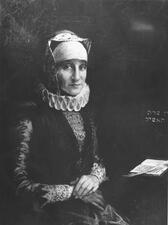
Glueckel of Hameln
Born into an affluent family in Hamburg, Glückel of Hameln became the business partner of her beloved first husband. She began writing memoirs in 1691, after her husband’s death. These memoirs are incredibly detailed, combining a meticulous record of her life and descriptions of events that occurred in local Jewish communities. Her memoirs are both a singularly important social and historical document and one of the greatest literary achievements of Ashkenazi prose–in Yiddish or Hebrew–at least until the end of the eighteenth century.
Jean Gordon
Jean Gordon had two successful careers in her lifetime, as a founder of the Advance Pattern Company and as the owner and publisher of Dance Magazine. Through her work with Dance Magazine, she led the publication to financial stability and to a prominent place in the dance world.
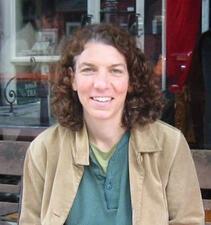
Sally Gottesman
Sally Gottesman, born 1962 in New Jersey and residing in New York, is a non-profit entrepreneur whose leadership and philanthropy have had a major impact on the Jewish feminist and justice landscape.
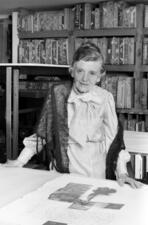
Tatyana Grosman
Tatyana Grosman nurtured an entire generation of printmakers and raised printmaking in the United States to the status of major fine art. Universal Limited Art Editions, which she founded in 1957, published prints by many major American artists, and launched collaborative endeavors between artists and writers. Much of the press’s work was acquired by the Metropolitan Museum of Art.

Jennie Grossinger
Peggy Guggenheim
Peggy Guggenheim amassed one of Italy’s most important modern art collections, displaying works artists such as Pablo Picasso, Salvador Dali, Fernand Léger, Max Ernst, and Jackson Pollock in her galleries in London and New York, as well as at her famous palazzo in Venice, which was later turned into a museum.
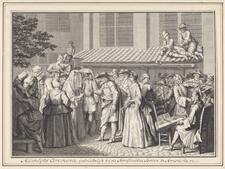
Halakhic Decisions on Family Matters in Medieval Jewish Society
Across the medieval Jewish world, rabbis used takkanot (rabbinic decrees) to address urgent needs in family life among their Jewish communities. These takkanot are key historical sources for understanding the changing roles of women in the medieval Jewish world.
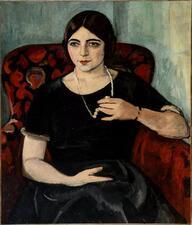
Edith Gregor Halpert
Edith Gregor Halpert was an influential American art dealer, collector, and businesswoman who opened prominent Modern Art and Folk Art galleries. As a socially conscious and successful woman, she worked to promote the rights of artists, and her galleries showcased the works of African American artists.
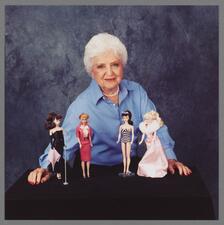
Ruth Mosko Handler
Best known as the inventor of the Barbie doll, Ruth Mosko Handler combined her marketing genius with her husband Elliot Handler’s creative designs to form the toy company Mattel, Inc., in 1939. Her battles with cancer later in her career led her to create the company Nearly Me, which developed prosthetics for breast cancer survivors.
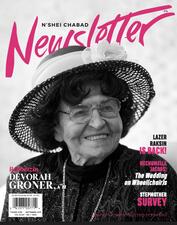
Hasidic Women in the United States
Sylvia Hassenfeld
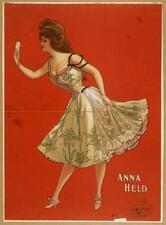
Anna Held
Anna Held was a performer with a flamboyant reputation for bathing in milk and champagne. As an actor in numerous farces, comedies, and musical comedies, she led a life of showmanship that prevents bibliographical certainty. Held was best known for her relationship with Florenz Ziegfeld, and some credit her with helping him create his famous Follies.
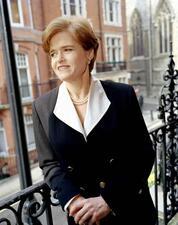
Historians in the United States
American Jewish women have made important contributions to historical scholarship, especially in the arenas of social history of the United States and Europe, women’s history, and Jewish history. Jewish women, sensitive to the situations of minority groups, became pioneers in these fields as they developed from the 1970s on.
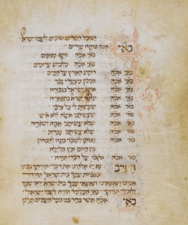
Early Modern Italy
A study of the role of Jewish women in household formation, the household, and household dissolution, as well as their engagement in Jewish culture in early modern Italy, raises the question of how much of Jewish practice reflected the context of the surrounding society and how much engaged options in traditional Jewish practices, which were selected to meet their own needs. Despite the wealth of information about some well- known women and reports of the activities of many unnamed women, Jewish women, like Christian women, still functioned in the context of women and the period does not represent a Renaissance for women.

Jazz Jennings
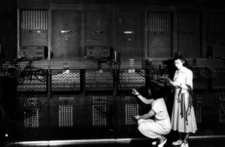
Jewish Women in Computer Science
From hardware to software, from developing new programming languages to revolutionizing applications, Jewish women have been part of significant projects on the cutting edge of computing in the United States.
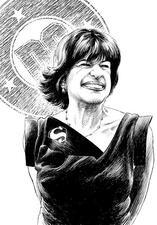
Jenette Kahn
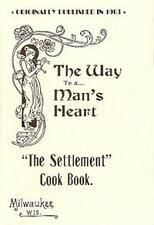
Lizzie Black Kander
Lizzie Black Kander was a Jewish philanthropist who turned the recipe book she made for a cooking class for new immigrants into a two-million-copy bestseller. Her decades of service in the early twentieth century had an unforgettable impact on the Milwaukee Jewish community.

Donna Karan
Donna Karan started her career as an intern for the renowned designer Anne Klein and became the design director for Klein’s label in 1974. She quickly built a reputation for designing clothes for a range of body types. She has two of her own brands, which have become household names around the world, and her designs have regularly won awards.
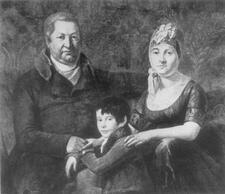
Chaile Raphael Kaulla
Chaile Raphael Kaulla was the most influential Jewish woman entrepreneur and one of the last Court Jews in eighteenth-century Germany. A devout Jew, Kaulla supported both Jewish and Christian poor people, founded a hostel for Jewish travelers, and in 1803 donated a bet midrash, library, and funding for three rabbis to her town of Hechingen. The Austrian Emperor honored Kaulla in 1807 and she and her family were allowed to live in Stuttgart with rights equal to those of Christian citizens.
Lillian Kasindorf Kavey
Lillian Ruth Kessler
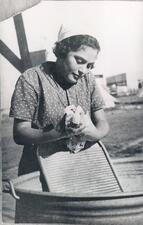
Kibbutz
Although the kibbutz was intended as an equalitarian, democratic utopia, attempts to achieve gender equality have been limited by traditional masculinities and male-controlled spheres and gender inequalities have persisted.

Kibbutz Ha-Dati Movement (1929-1948)
Beginning in 1929, the religious kibbutz (Kibbutz Ha-Dati) movement represented the confluence of progressive ideals of equality and collectivism and traditional customs of Judaism. As a result, women in the movement lived at a crossroads.



